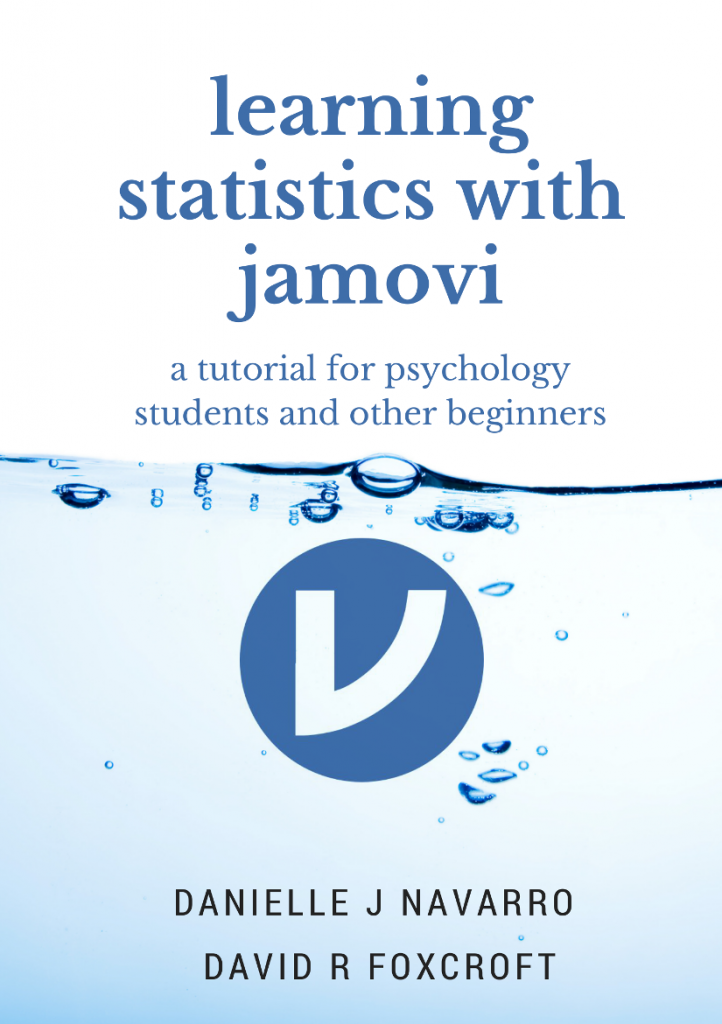Lecture Slides: Samples Representing the Population with the Use of M&Ms
This PowerPoint leads students through an activity that stresses the need to have a relatively large sample when trying to accurately represent the population.Instructors will need to supply students with fun size bags of plain M&Ms®. Students first estimate the population frequency of each color of candy using their small sample (fun size bag). Then […]
Lecture Slides: Samples Representing the Population with the Use of M&Ms Read More »



